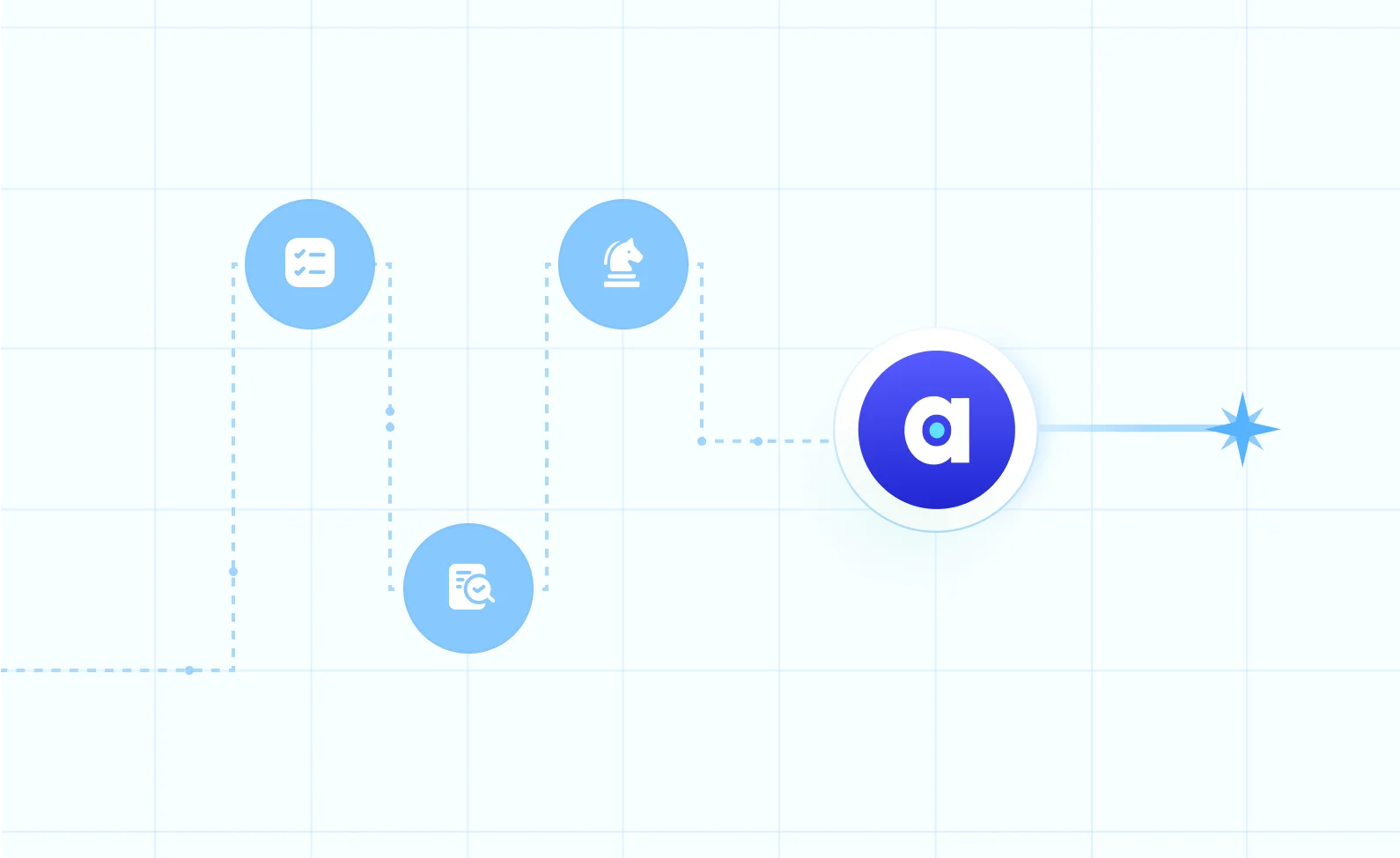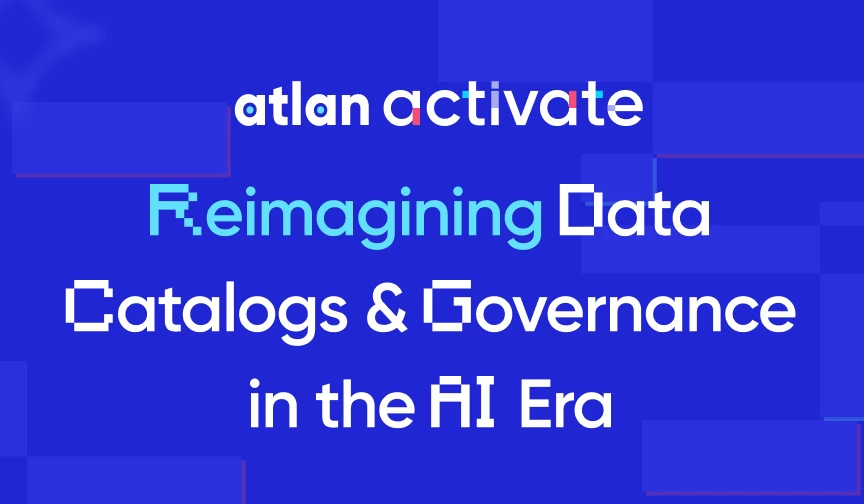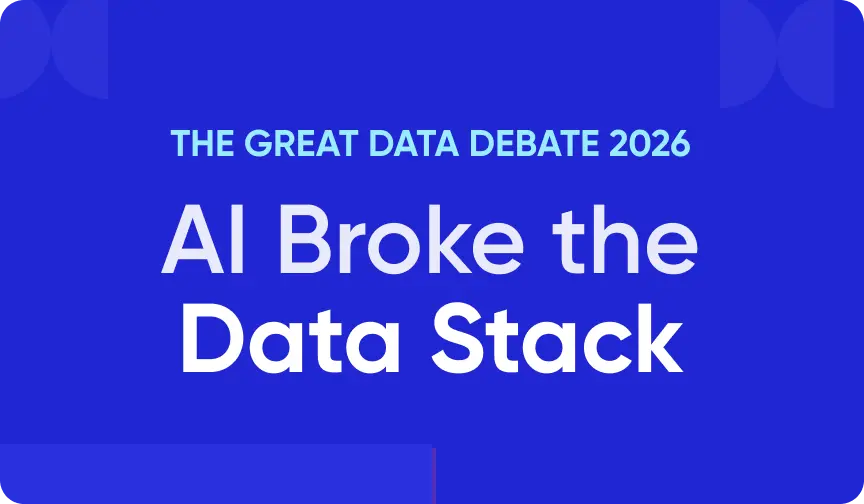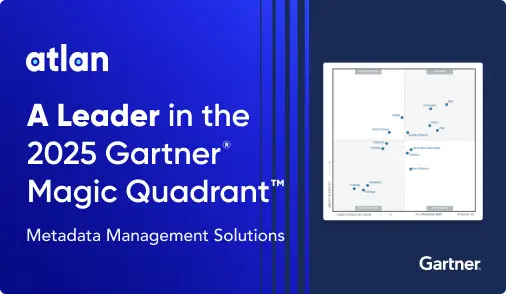Governance Migration Starts Before the Tool: What to Audit, Plan, and Align First

Last Updated on: April 16th, 2025 | 6 min read
Unlock Your Data's Potential With Atlan


Most governance teams think migration starts when they pick a new tool.
It doesn’t.
It starts much earlier, with a question that’s often skipped: Is what we have actually working?
That question may not come with a project plan attached, but it’s the beginning of a serious shift. One that has less to do with technology, and everything to do with trust, ownership, and visibility.
If you’re preparing to modernize your data governance stack, this is your real starting point.
Recognizing warning signs of misalignment
Permalink to “Recognizing warning signs of misalignment”You’ve got legacy tools in place. Some policies documented, maybe a glossary or catalog somewhere. But adoption is low. Policies are scattered. Teams don’t trust what they can’t see.
And with regulatory pressure building—BCBS 239, GDPR, the EU AI Act—you can’t afford uncertainty in your governance foundation. Especially when the business is simultaneously asking for AI-readiness, self-service analytics, and faster access to trusted data.
Most migration efforts skip over this tension. They jump to the RFP, the vendor demo, the platform rollout. But tools don’t fix what isn’t aligned.
At Atlan, we’ve seen this up close. The most successful governance transformations we’ve supported didn’t start with product, they started with clarity.
As Hendrik Brackmann, Head of Data at Tide, describes:
“We grew very quickly, and we saw we weren’t as efficient as we thought. We wanted to embed data protection and privacy into our running processes, rather than discussing it at the end of projects.”
When migration stalls before it starts
Permalink to “When migration stalls before it starts”We’ve worked with teams who’ve been through this the hard way.
The platform was chosen. Procurement signed off. Then everything slowed down.
The reasons were many and varied: Lineage couldn’t be stitched together. Ownership models weren’t defined. Engineering teams resisted integrating a platform they hadn’t bought into. Business users ignored the new system because it didn’t show up where they worked.
And the governance team? Stuck in the middle. Managing a platform no one adopted, with no way to prove value.
Porto, a leading insurance and banking firm, approached their migration differently. Before ever selecting a new platform, they took a hard look at their legacy governance systems. They pinpointed critical gaps in lineage, unclear documentation, and fragmented ownership. Addressing these challenges upfront, Porto defined clear standards, ownership models, and user personas—laying the groundwork first. Because of this, when they eventually rolled out their new data governance solution, adoption was immediate, and efficiency improved by 40%.
That’s why the real work happens before the migration begins.
Auditing your governance reality: What’s really working?
Permalink to “Auditing your governance reality: What’s really working?”Before you migrate anything, you need a clear picture of where you stand today.
- Policy coverage. Where do your current policies live? Are they actually enforced, or just written down? Can you map them to regulatory frameworks like GDPR or SOC 2?
- Metadata and lineage. Which assets are documented? Where does lineage stop? What percentage of your sensitive data is tagged?
- Ownership clarity. Who’s responsible for key domains? Are roles and responsibilities clearly assigned?
- Adoption patterns. Are users engaging with governance processes? Or working around them?
With Atlan, many teams start right here. Our platform lets you scan your data estate using active metadata to surface policy gaps, missing documentation, and broken lineage. It’s not just about cleaning things up, it’s about knowing what’s real before you try to improve it.
Plan migration in phases for sustainable success
Permalink to “Plan migration in phases for sustainable success”Don’t let urgency lead you into a big-bang rollout. Successful teams plan incrementally, setting clear, achievable goals:
- Identify a meaningful starting point. Choose a domain with clear value—customer data, risk data, or anything regulatory teams care about.
- Define what success looks like. Maybe it’s 80 percent lineage coverage. Or full role-based access control for sensitive data. Or a 50 percent drop in Jira tickets about data quality.
- Roll out in layers. Start with discovery and documentation. Move to policy enforcement. Then expand to new domains. You don’t need to boil the ocean.
With Atlan, teams often automate critical pre-migration tasks using Atlan Playbooks—a feature that enables governance teams to create rules-based bulk automations for repetitive tasks like classifying data, mapping ownership, and tagging sensitive assets.
For example, Tide, a UK-based fintech, leveraged Atlan Playbooks to automate their compliance processes, reducing what was previously a manual, 50-day effort to mere hours. By automatically tagging and classifying personally identifiable information (PII) across their data estate, they freed their teams from manual clean-up, allowing them to focus instead on strategic alignment and higher-value governance activities.
Most importantly, align the people
Permalink to “Most importantly, align the people”The number one reason governance modernization fails? Misalignment.
True transformation hinges on cross-functional collaboration:
- Frame the value. Highlight how governance modernization enhances business agility, accelerates compliance, and reduces operational overhead.
- Get cross-functional buy-in. Engage IT, Security, Analytics, and Risk teams in the planning—not just in the rollout. Shared ownership leads to real change.
- Make governance show up where people work. Integrate governance tools directly into common workflows.
Atlan integrates with Slack, Jira, Teams, and BI tools so governance doesn’t live in a separate portal and immediate adoption doesn’t require extensive training. Make governance naturally a part of everyday workflows.
We’ve seen this alignment work in practice. One global payments company reduced time-to-insight from four weeks to three hours—because governance became embedded in their data stack, not bolted on after the fact.
What happens if you skip the preparation?
Permalink to “What happens if you skip the preparation?”If you don’t audit, plan, and align early, the consequences are familiar.
- Regulatory exposure due to missing metadata and policy enforcement.
- Low adoption from teams who see the platform as overhead.
- Budget wasted on shelfware.
- Frustration and friction between governance and data teams.
But when you do the prep work, the payoff is different.
You get visibility across your data estate. You build a shared language across business and technical teams. You make governance not just scalable, but respected.
And that’s where Atlan fits in. Not just as a platform to migrate to, but as a partner in the process of getting ready.
We help you:
- Assess where policies are applied or missing.
- Visualize lineage and impact before changes are made.
- Automate tagging and classification at scale.
- Bring stakeholders together in one collaborative layer.
- Create a governance foundation that can flex with your business.
Migration done right becomes transformation
Permalink to “Migration done right becomes transformation”The real goal isn’t moving from one tool to another. It’s building a governance foundation that earns trust, reduces risk, and scales with change.
When you start with clarity, planning, and alignment, you don’t just migrate—you transform. Governance stops being a blocker and starts becoming a business accelerator.
That’s what modern governance looks like. And it starts before the migration.
Share this article
Atlan is the next-generation platform for data and AI governance. It is a control plane that stitches together a business's disparate data infrastructure, cataloging and enriching data with business context and security.





















